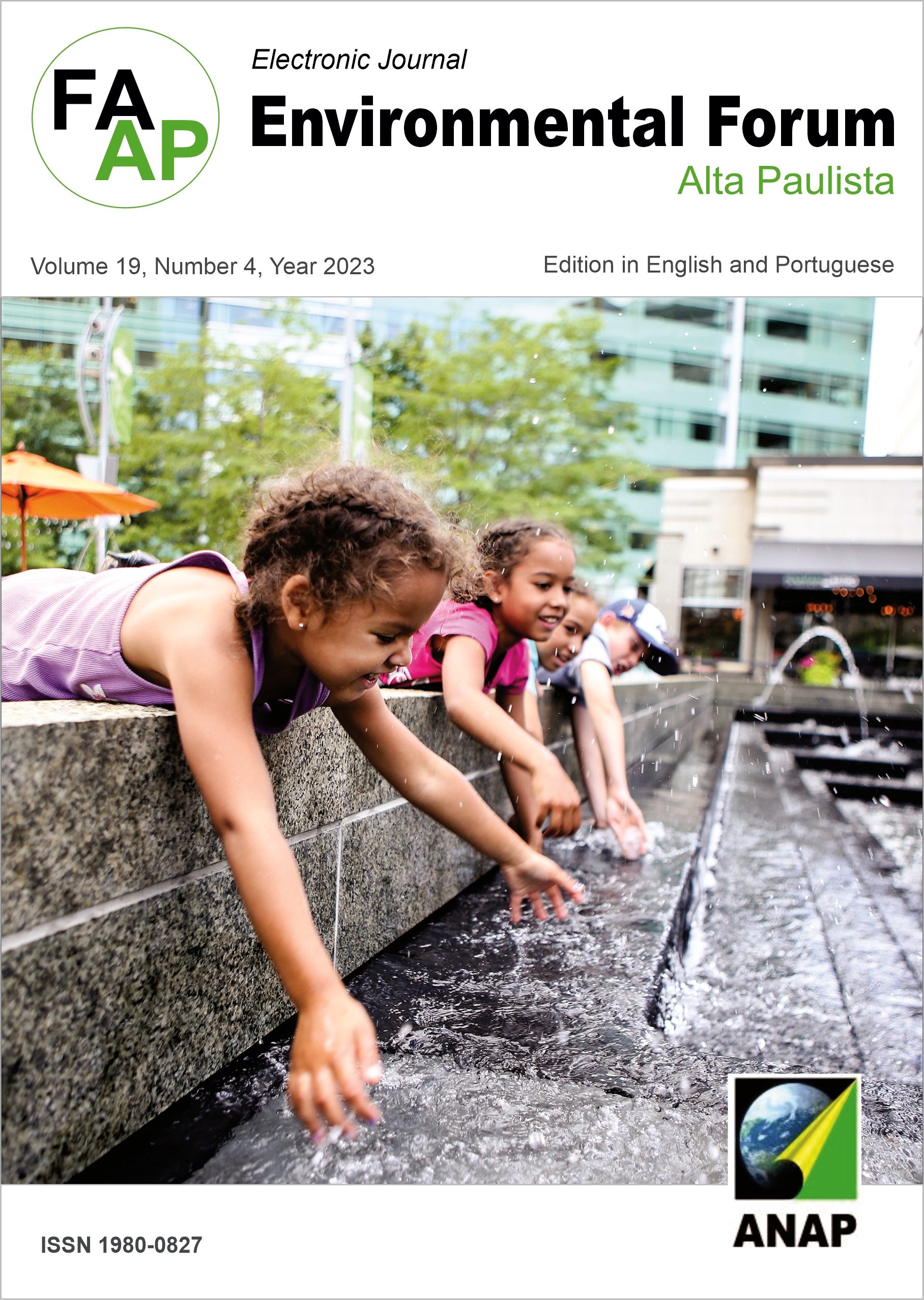Use of risk analysis as a tool for water quality safety
DOI:
https://doi.org/10.17271/1980082719420233541Keywords:
Water quality safety. , Water supply, Risk analysis.Abstract
This study aimed to use the risk assessment approach "Failure Mode and Effect Analysis" (FMEA) as a water quality safety methodology in the supply system of Belém/PA (Brazil). Eight water quality parameters were used as indicators. Analyzes were carried out at 46 points in the central supply zone, including treatment stations, reservoirs, and the network. The FMEA was applied to all indicators, and the points were divided into three groups: network, reservoirs, and treatment plants. For the network, 18 points of moderate and high risk were identified. For reservoirs and treatment plants, all points presented a moderate risk. In this research, there was no occurrence of negligible, low, or critical risk. The indicators fluoride, total coliforms, and E. coli were the most influential, 15% each, in the risk weights. The fluorine indicator contributed to an increase in the risk category, as it showed 100% non-compliance with Brazilian standards. A risk map was prepared, representing the risks related to water quality for each of the points studied. The risk assessment methodology proved to be an important water safety management tool.
Downloads
Downloads
Published
How to Cite
Issue
Section
License
Copyright (c) 2023 Periódico Eletrônico Fórum Ambiental da Alta Paulista

This work is licensed under a Creative Commons Attribution-NonCommercial-ShareAlike 4.0 International License.










